When it comes to roofing warranties, there are two main types you need to know: manufacturer warranties and installer warranties. These cover different aspects of your roof and work together to protect your investment. Here’s the key difference:
- Manufacturer warranties focus on material defects (like faulty shingles or underlayment). They typically last longer but often become prorated over time, reducing coverage as years go by.
- Installer warranties cover problems caused by poor workmanship (like misaligned shingles or faulty flashing). These are shorter in duration but provide full coverage during their term.
Understanding these warranties helps you avoid surprises, especially during events like storms when issues may arise. To get the best protection, combine both warranty types and carefully review their terms, exclusions, and coverage details.
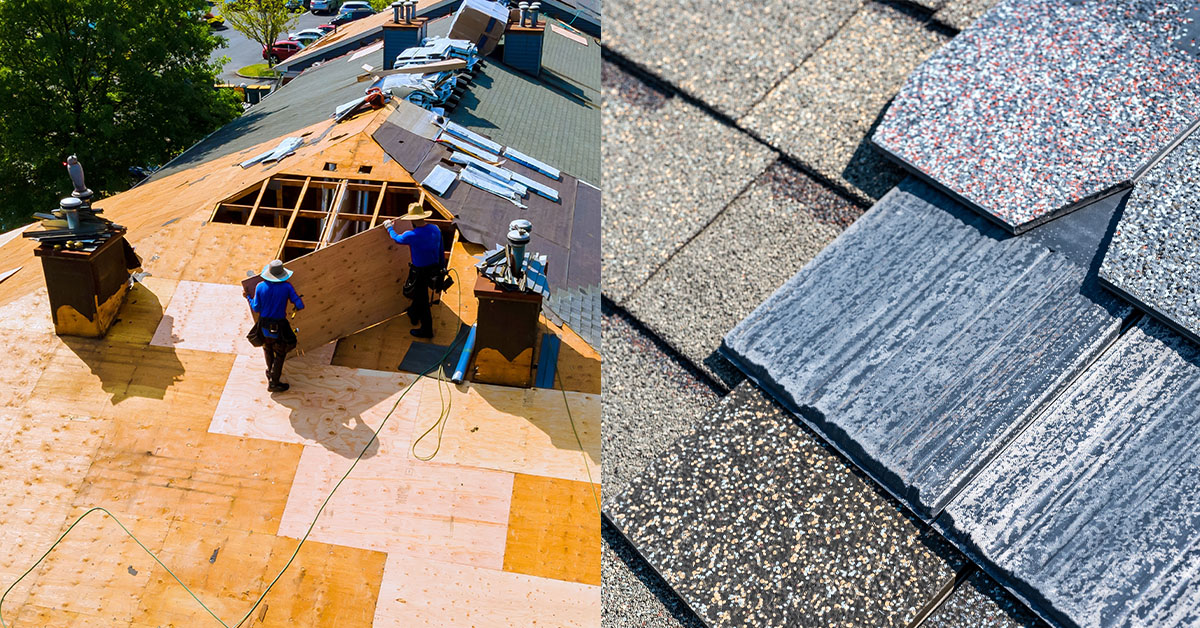
Quick Overview:
- Manufacturer warranties: Long-term, material-focused, often prorated after an initial period.
- Installer warranties: Shorter-term, workmanship-focused, full coverage during the warranty period.
Using both warranties ensures coverage for both material defects and installation errors, giving you peace of mind for your roof.
What’s The Difference Between A Workmanship Warranty & A Manufacturer Warranty?
1. Manufacturer Warranties
Manufacturer warranties are designed to cover material defects in products, not issues stemming from installation errors. For example, when you purchase shingles from a company like Owens Corning, the warranty focuses on manufacturing flaws that could lead to performance issues or leaks.
Coverage Scope
The primary purpose of a manufacturer warranty is to address material defects. Owens Corning’s Standard Product Limited Lifetime Warranty ensures their roofing shingles and hip & ridge shingles are free from manufacturing flaws that could impact performance or cause leaks. If shingles crack, curl, or fail due to a production issue, the warranty will cover it.
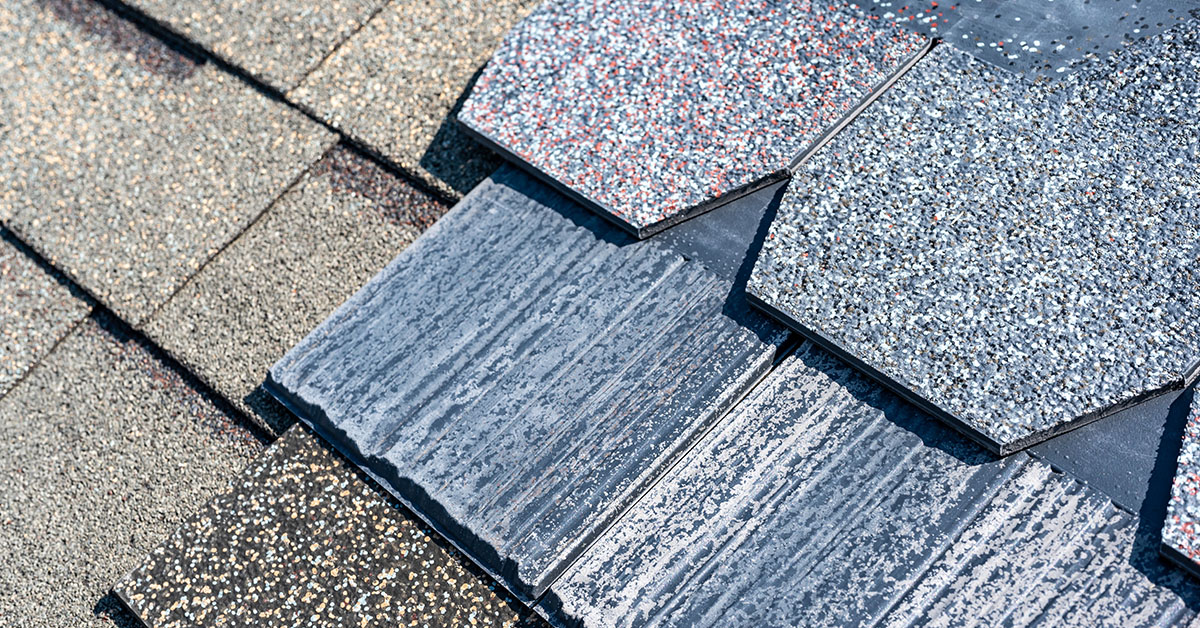
Additional protections include wind resistance and algae protection. For instance, Berkshire® shingles are covered against blow-offs in winds up to 130 MPH for 15 years, while Supreme®2 shingles offer coverage for winds up to 60 MPH over a 5-year period. It’s important to note that wind coverage only applies after thermal sealing occurs – this happens when the sun activates the adhesive strips on the shingles. For algae resistance, products like Berkshire® and Duration S Series provide 25 years of protection against brown-black staining, with the initial period covering both material and labor costs.
However, these warranties do have exclusions. Damage caused by natural events beyond specified limits – such as severe hail, storms with winds exceeding warranty thresholds, ice damming, or snow infiltration – is not covered. Additionally, problems related to improper installation, structural failures, faulty flashing, or foot traffic damage are excluded. Next, let’s look at how long these warranties last and their specific limitations.
Duration and Limitations
Manufacturer warranties operate on a tiered system that changes as time goes on. The first phase, known as the "TRU PROtection®" period, lasts 10 years for single-family homes. During this time, the warranty provides 100% coverage for both materials and labor associated with manufacturing defects.
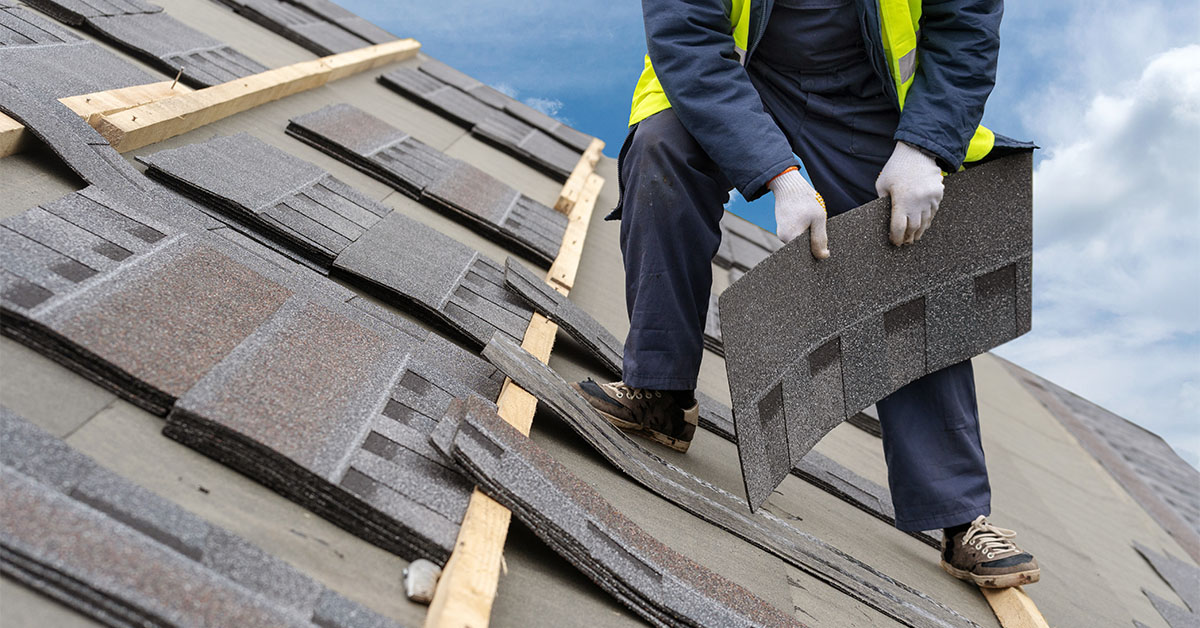
After this initial phase, coverage becomes prorated. For single-family detached homes, the warranty drops to 80% in year 11 and decreases by 2% each year until it reaches 20% in year 40 and beyond. For other structures, full coverage applies only for the first 5 years. After that, coverage starts at 87.5% and decreases by 2.5% annually until it ends after 40 years.
Here’s a breakdown of warranty coverage over time:
| Structure Type | Years 1-10 | Years 11-40 | Years 41+ |
|---|---|---|---|
| Single-family detached home | 100% | 80%, decreasing by 2% per year | 20% |
| Other structures | 100% (Years 1-5 only) | 87.5%, decreasing by 2.5% per year | No coverage |
Cost Implications
During the TRU PROtection® period, both material and labor costs are fully covered. Once the warranty enters the prorated phase, only a percentage of material costs is credited, and labor costs are no longer included. This shift in financial responsibility can significantly affect homeowners’ long-term budgeting when considering roofing investments and warranty terms.
Practical Scenarios
To better understand how these terms apply, let’s look at some examples.
Imagine a homeowner installed Oakridge® shingles in 2019. During a routine inspection in 2024, several shingles are found to have cracks caused by manufacturing defects. Because this falls within the 10-year TRU PROtection® period, the manufacturer would cover 100% of both material and labor costs to replace the defective shingles.
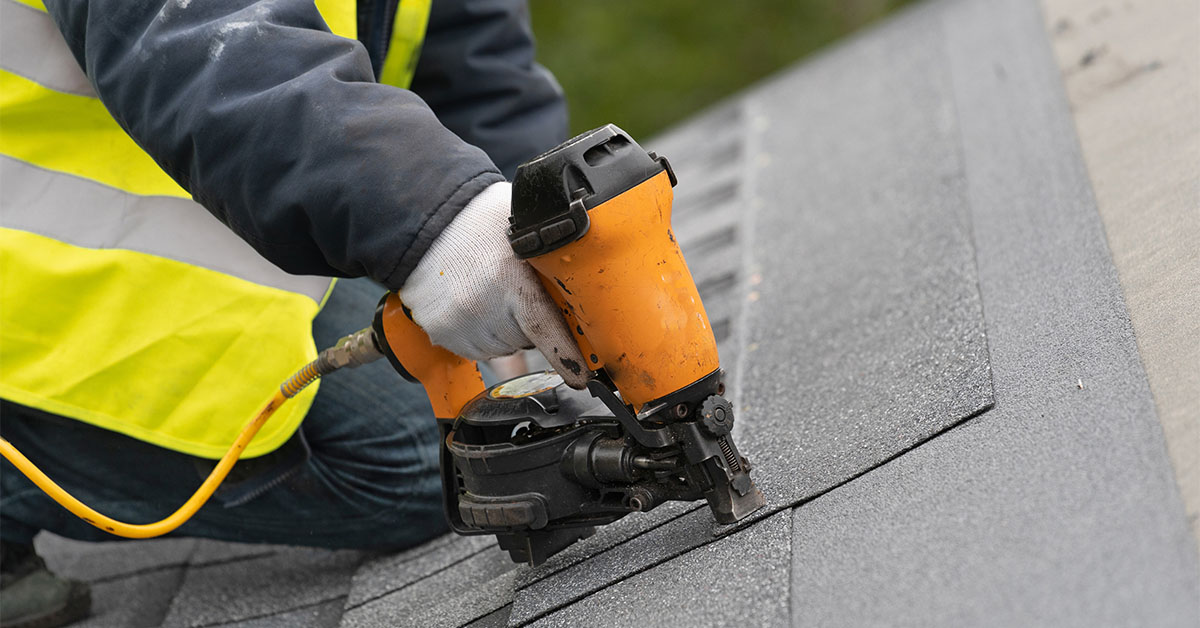
Now consider the same roof in 2034, 15 years after installation. If similar defects are found, the warranty would cover about 72% of the material costs, leaving the homeowner responsible for the rest, plus all labor expenses.
Wind damage offers another example. If Berkshire® shingles are damaged by 130 MPH winds within their 15-year wind warranty period, the manufacturer would cover the replacement. However, if the damage occurs before the shingles have thermally sealed – even at lower wind speeds like 125 MPH – the wind coverage would not apply, and the homeowner would bear the full cost of repairs.
2. Installer Warranties
When you think about protecting your roof, there are two key types of warranties to consider: manufacturer warranties and installer warranties. While manufacturer warranties cover material defects, installer warranties focus on the actual workmanship – essentially protecting you from errors made during installation.
Coverage Scope
Installer warranties are designed to address issues caused by poor workmanship that can lead to roof failures. These might include:
- Misaligned shingles
- Faulty flashing installation
- Incorrect nail placement
- Poor ventilation setup
- Improper underlayment application
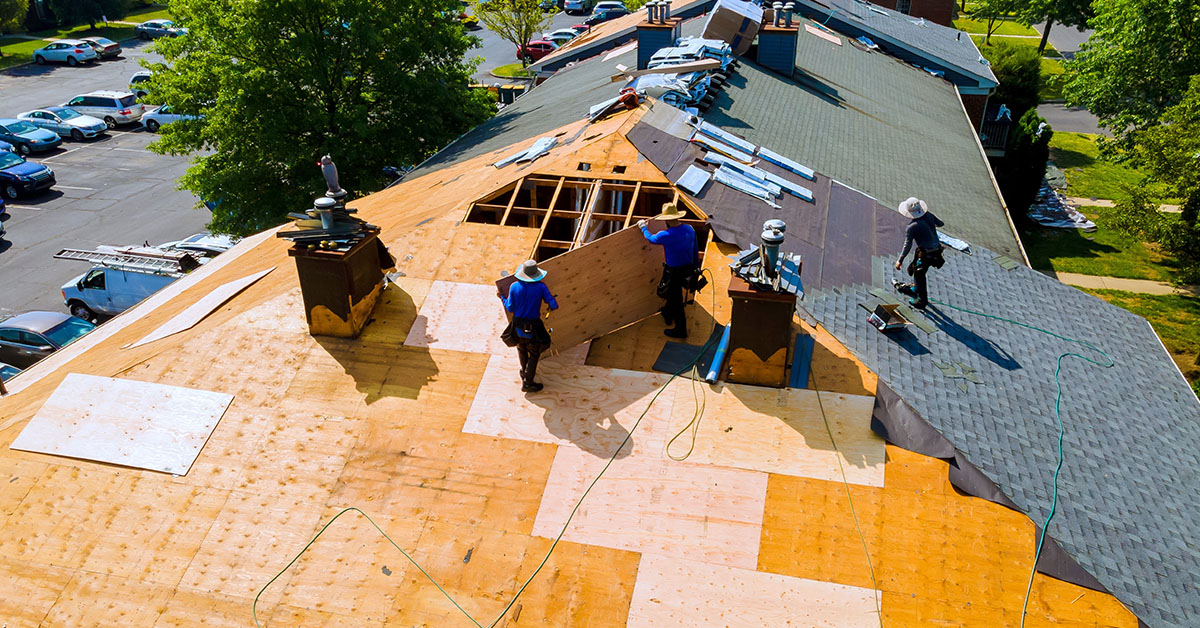
They also cover leaks caused by poor sealing around roof penetrations such as vents, chimneys, and skylights. For instance, if step flashing around a chimney is installed incorrectly and water seeps into your home, the installer warranty should cover both the repair and any interior damage, as outlined in the warranty terms.
Structural attachment problems are another area covered. If shingles blow off in moderate winds because they weren’t fastened properly – even though the wind speed is well within the manufacturer’s specified limits – the installer warranty steps in to address the issue.
However, keep in mind that these warranties don’t cover everything. They typically exclude damage caused by extreme weather conditions, normal wear and tear, and lack of maintenance. Any material defects fall under the manufacturer’s warranty, not the installer’s.
Duration and Limitations
Installer warranties usually last between 2 and 10 years, depending on the project’s complexity and the contractor’s confidence in their work. For example, a standard residential roof might come with a 5-year warranty, while more specialized installations could offer longer terms.
Unlike manufacturer warranties, installer warranties offer full coverage throughout their duration. That means if you encounter a workmanship issue in year 4 of a 5-year warranty, you’re still entitled to 100% coverage for repairs – no prorated reductions to worry about.
There are some limitations to consider, though:
- Geographic factors: If your contractor moves out of the area or goes out of business, enforcing the warranty could become difficult. That’s why it’s wise to choose a well-established local company with a strong reputation.
- Transferability: Some warranties can be transferred to new homeowners, which can boost your home’s resale value. Others, however, are tied to the original owner. Be sure to clarify this detail before signing any contract.
Cost Implications
Installer warranties can save you a significant amount of money by covering labor, materials, and even consequential damages, such as interior water damage from leaks. This financial protection can easily add up to thousands of dollars in savings.
Many warranties also include emergency repair coverage. For example, if a storm causes a major leak due to installation errors, the contractor may provide urgent repairs at no additional cost during the warranty period.
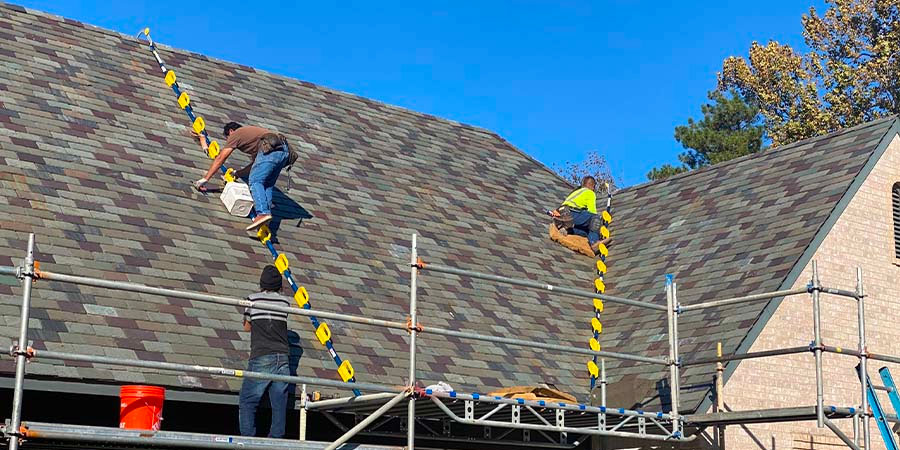
That said, these warranties aren’t a free pass. Homeowners are responsible for meeting maintenance requirements to keep the warranty valid. Skipping routine inspections or neglecting minor repairs could void your coverage.
Practical Scenarios
Here’s how installer warranties can make a difference:
- Flashing issues: Imagine discovering a water stain 18 months after your roof was installed. The culprit? Faulty flashing. The installer warranty would cover the costs of removing shingles, reinstalling the flashing, repairing any damaged underlayment, and restoring the roof surface.
- Shingle blow-offs: If architectural shingles rated for 110 MPH winds start tearing during a 45 MPH storm, that points to an installation problem, not a material defect. The warranty would cover replacing the damaged shingles, fixing the fastening issues, and addressing any water damage.
- Ventilation problems: Poor ridge venting can lead to ice dams and roof damage. A thorough installer warranty would cover both the ventilation corrections and any associated repairs, such as replacing damaged decking or insulation.
- Interconnected systems: When multiple systems interact, these warranties are particularly helpful. For example, if improperly installed gutters cause water to back up under the roof edge, damaging both the fascia board and roof decking, a good installer warranty would handle the entire issue – saving you from chasing down separate claims.
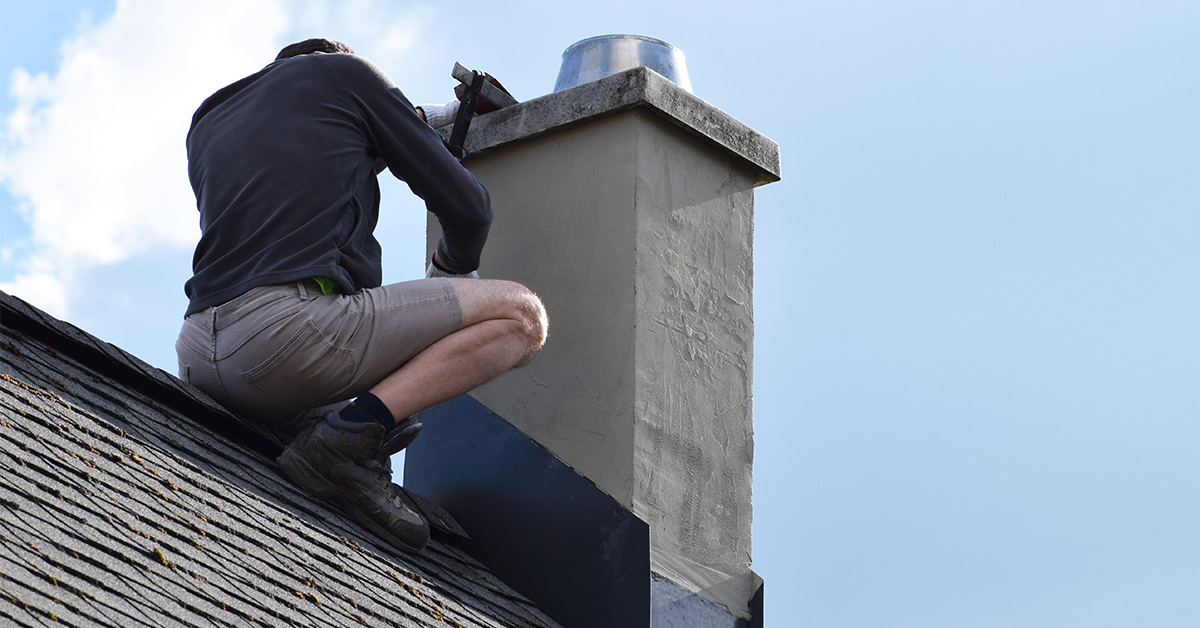
Installer warranties are an essential layer of protection, ensuring that your investment is safeguarded against installation mistakes while complementing the coverage provided by manufacturer warranties.
sbb-itb-66ccccd
Pros and Cons
Understanding the benefits and drawbacks of different warranty types can help you make smarter choices about your roofing investment and avoid unplanned expenses.
Manufacturer Warranty: Benefits and Drawbacks
Manufacturer warranties focus on covering material defects and issues caused during production. These warranties, offered by well-known manufacturers, often provide long-lasting protection that can even be transferred to new property owners – making them a potential selling point.
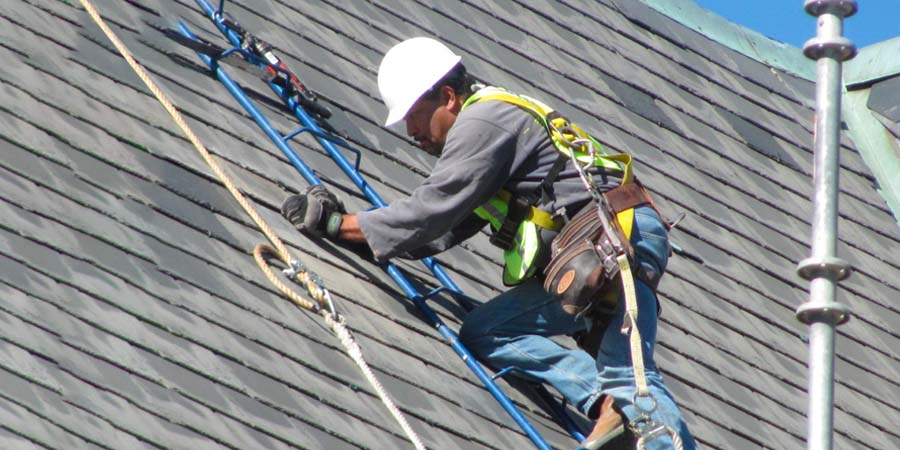
But there are some downsides. Coverage tends to decrease over time, and while material defects are covered, labor costs usually aren’t. This means you could still face out-of-pocket expenses. Additionally, filing a claim often requires detailed documentation, which can be time-consuming.
Installer Warranty: Pros and Cons
Installer warranties are designed to cover mistakes made during the installation process, including both materials and labor for those errors. By working directly with a local contractor, you often get quicker responses and easier communication. Some installer warranties even include emergency repair services for weather-related damage.
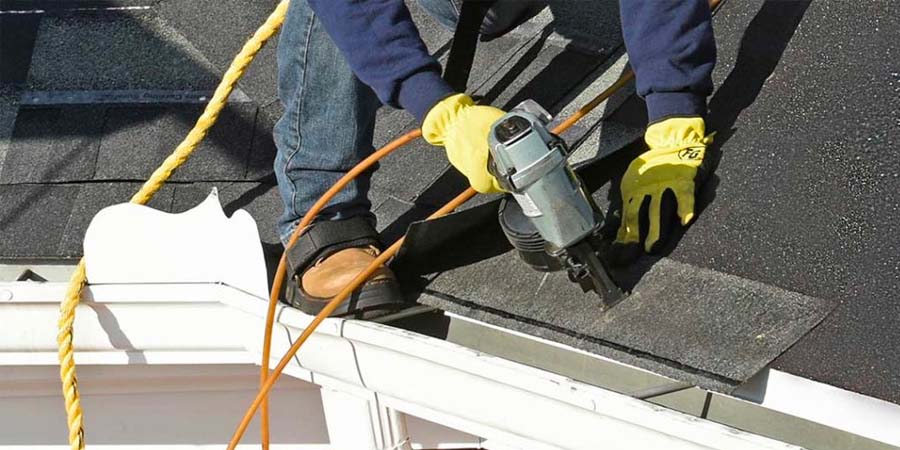
On the flip side, these warranties are typically shorter in duration compared to manufacturer warranties. If the contractor goes out of business, enforcing the warranty can become difficult. Plus, these warranties don’t address material defects – that responsibility falls under the manufacturer’s warranty.
Side-by-Side Comparison
Here’s a quick comparison of the two warranty types to make their differences clearer:
| Aspect | Manufacturer Warranty | Installer Warranty |
|---|---|---|
| Coverage Scope | Material defects and production flaws | Installation errors and workmanship |
| Duration | Long-term (often decades) | Short-term (usually a few years) |
| Cost Coverage | Covers materials (may be prorated) | Covers materials and labor fully |
| Claim Process | Complex, requires detailed documentation | Simpler, managed through the contractor |
| Transferability | Often transferable to new owners | Varies depending on the contractor |
| Emergency Response | Limited or none | Often includes emergency repair options |
| Business Continuity | Backed by large manufacturers | Relies on the contractor staying in business |
Using Both Warranties for Better Protection
To get the best of both worlds, consider combining these warranties. Installer warranties are ideal for addressing any installation-related issues in the early years, while manufacturer warranties provide extended protection against material problems over time. Together, they offer a more comprehensive safety net.

Don’t forget to keep detailed records of your roofing project. Photos of the installation, material details, and contractor certifications can make a big difference if you ever need to file a claim.
Conclusion
Understanding the distinction between manufacturer warranties and installer (workmanship) warranties is essential when it comes to protecting your roofing investment. Manufacturer warranties generally cover defects in roofing materials and may include repair or replacement costs, often with labor expenses factored in. On the other hand, installer warranties focus on problems caused by poor installation practices.
For the best protection, it’s wise to secure both types of coverage. When evaluating a manufacturer warranty, prioritize non-prorated options that retain their full value over time and confirm whether labor costs are included. For installer warranties, select contractors who offer reliable workmanship guarantees that address installation-related issues effectively.
Some enhanced manufacturer warranties combine material and workmanship coverage, often contingent on certified contractors installing a complete product system. These options provide broader protection, highlighting the importance of thoroughly reviewing warranty details.
Always read the fine print for both types of warranties. Pay attention to exclusions, claim processes, and terms like "prorated" versus "non-prorated" coverage to avoid unwelcome surprises. Additionally, keeping detailed records – such as photos, material specifications, and contractor certifications – can be extremely helpful if you ever need to file a claim. A careful review of warranty terms is a critical step in safeguarding your roofing investment.
FAQs
How can I tell if my roofing problem is covered by the manufacturer or installer warranty?
To determine which warranty applies to your roofing issue, it’s important to understand the distinction between manufacturer warranties and installer warranties.
Manufacturer warranties are designed to cover defects in roofing materials, such as faulty shingles or underlayment. These warranties typically last anywhere from 20 to 50 years. In contrast, installer warranties – sometimes called workmanship warranties – address problems caused by errors during the installation process. These are generally shorter, lasting about 1 to 5 years.
If your roofing problem is due to a material defect, the manufacturer warranty is likely what you’ll need. But if the issue stems from improper installation, the installer warranty would be the one to address it. Make sure to review your warranty documents thoroughly to understand the terms and coverage. If anything is unclear, reach out to your installer or the manufacturer for clarification.
How can I keep my roofing warranties valid and protect my investment?
To keep your roofing warranties intact and safeguard your investment, it’s important to take a few proactive steps:
- Schedule routine upkeep: Regularly clean gutters, clear away debris, and arrange for professional inspections to keep your roof in top shape.
- Keep thorough records: Save detailed documentation of all maintenance, inspections, and repairs. These records can be essential if you ever need to make a warranty claim.
- Address problems promptly: If you notice any damage or issues, get in touch with a professional right away to prevent further harm and stay within warranty terms.
- Stick to warranty rules: Follow the manufacturer’s care instructions, like cleaning around solar panels or satellite dishes, and avoid any unauthorized changes or repairs that could void your coverage.
By staying on top of these tasks, you’ll not only protect your warranty but also ensure long-lasting security for your home or property.
Can I transfer my roofing warranty to the new homeowner if I sell my house?
Yes, roofing warranties are often transferable to a new homeowner, but the specifics depend on the terms outlined in the warranty. Most manufacturers and installers allow at least one transfer, while a few might permit multiple transfers.
To transfer a warranty, you’ll need to follow a few steps: carefully review the warranty to confirm it’s eligible for transfer, notify the manufacturer or installer about the property sale, submit any required documentation (such as proof of purchase and the original warranty), and pay any transfer fees that may apply. It’s also crucial to complete the process within the timeframe specified in the warranty – this is often within 60 days of the sale closing.
